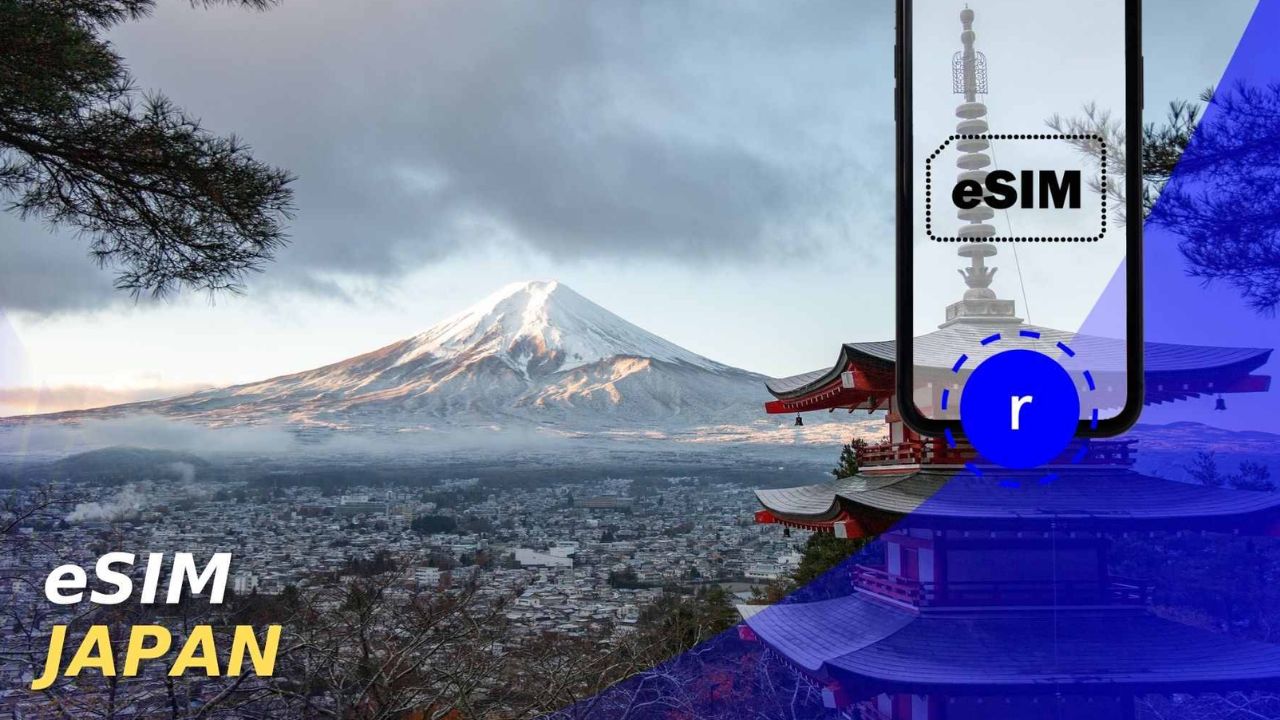In Japan, eSIMs serve a wide range of customers, including tourists, business travelers, IT enthusiasts, expats, students, and regular travelers. eSIM technology has expanded beyond conventional limits, enabling consumers to remain connected, productive, and involved in the digital era thanks to its easy activation process, cost-effectiveness, and flexibility.
Travelers and people with various devices benefited from more flexibility, as it made it possible to swap between providers and data plans without having to replace actual SIM cards. To activate a Japan eSIM, visit this page here. The eSIM would be programmed with the required data to connect to the carrier's network after the device scanned the QR code they would get.
A Contrast Between An eSIM And A Physical SIM
Travelers must choose between an eSIM and a classic physical SIM card while planning their international journeys in the current era of continuous connectivity. When visiting a nation as technologically advanced as Japan, this conundrum becomes especially pertinent.
This article attempts to give a thorough comparison between traditional SIM cards and eSIMs, taking into account several factors like compatibility, cost-effectiveness, coverage, security, and ease of use. Travelers can choose wisely and according to their individual needs and tastes by looking at these elements.
Convenience
- eSIM: The convenience of an eSIM is one of its main benefits. Without having to go to a physical store, travelers can remotely activate an eSIM. Saving time and effort, this simple activation process guarantees instant connectivity as soon as you arrive in Japan.
- Physical SIM Card: In contrast, acquiring a physical SIM card frequently necessitates stopping by a nearby shop or kiosk at the airport. For travelers, this process could be less comfortable because it could include documentation, identity verification, and even language hurdles.
Cost-Effectiveness
- eSIM: Using an eSIM can cost different amounts depending on the provider and data plan selected. Still, eSIMs frequently provide affordable prices, particularly for foreign data bundles. Additionally, eSIMs let consumers effectively manage their plans. This lets them keep an eye on consumption and make necessary plan adjustments, which could ultimately result in cost savings.
- Physical SIM Card: Activation fees and higher international roaming rates are only two possible extra costs associated with physical SIM cards. Additionally, there can be unstated expenses for travelers, like messaging and call fees. On the other hand, several regional providers supply inexpensive prepaid SIM cards, which makes them an economical choice for transitory visitors.
Coverage
- eSIM: eSIMs offer superior coverage in Japan's main cities and urban areas. Nonetheless, due to eSIM networks' limited coverage, visitors going into isolated or mountainous areas may occasionally run into connectivity problems.
- Physical SIM Card: Reputable local providers' physical SIM cards usually give broad coverage, encompassing both urban and rural areas. When visiting off-the-beaten-path locations, travelers may find that actual SIM cards are more dependable for sustaining connectivity.
Security
- eSIMs offer a high level of security because they have encrypted communication channels and robust authentication processes. Since the data is incorporated into the device, it is less vulnerable to theft or physical harm. Additionally, eSIMs can be remotely deactivated in the event of theft or loss, further bolstering security.
- Physical SIM card: SIM cards made of physical materials are susceptible to loss or theft, which could result in illegal use and security lapses. Although consumers can report stolen or lost SIM cards to the carrier, this can be a time-consuming process that prevents the traveler from using their phone until a replacement is delivered.
Compatibility
- eSIM: Today's smartwatches, smartphones, and other connected gadgets can all be used with eSIMs. Travelers should confirm their device's compatibility before choosing an eSIM plan, though, as not all handsets are compatible with eSIM technology.
- Physical SIM Card: The majority of unlocked smartphones, even the more ancient ones, can use physical SIM cards. Physical SIM cards are easy to use and don't cause compatibility issues for travelers using a variety of devices, including smartphones and basic phones.
Final Thought
Travelers' tastes are catered to, and both eSIMs and traditional SIM cards offer distinct advantages. eSIMs are the best option for tech-savvy tourists who value seamless connectivity. However, physical SIM cards are compatible with a variety of device types and offer dependable coverage, particularly in isolated locations. The decision between an eSIM and a traditional SIM card for your travel to Japan ultimately comes down to your requirements.


